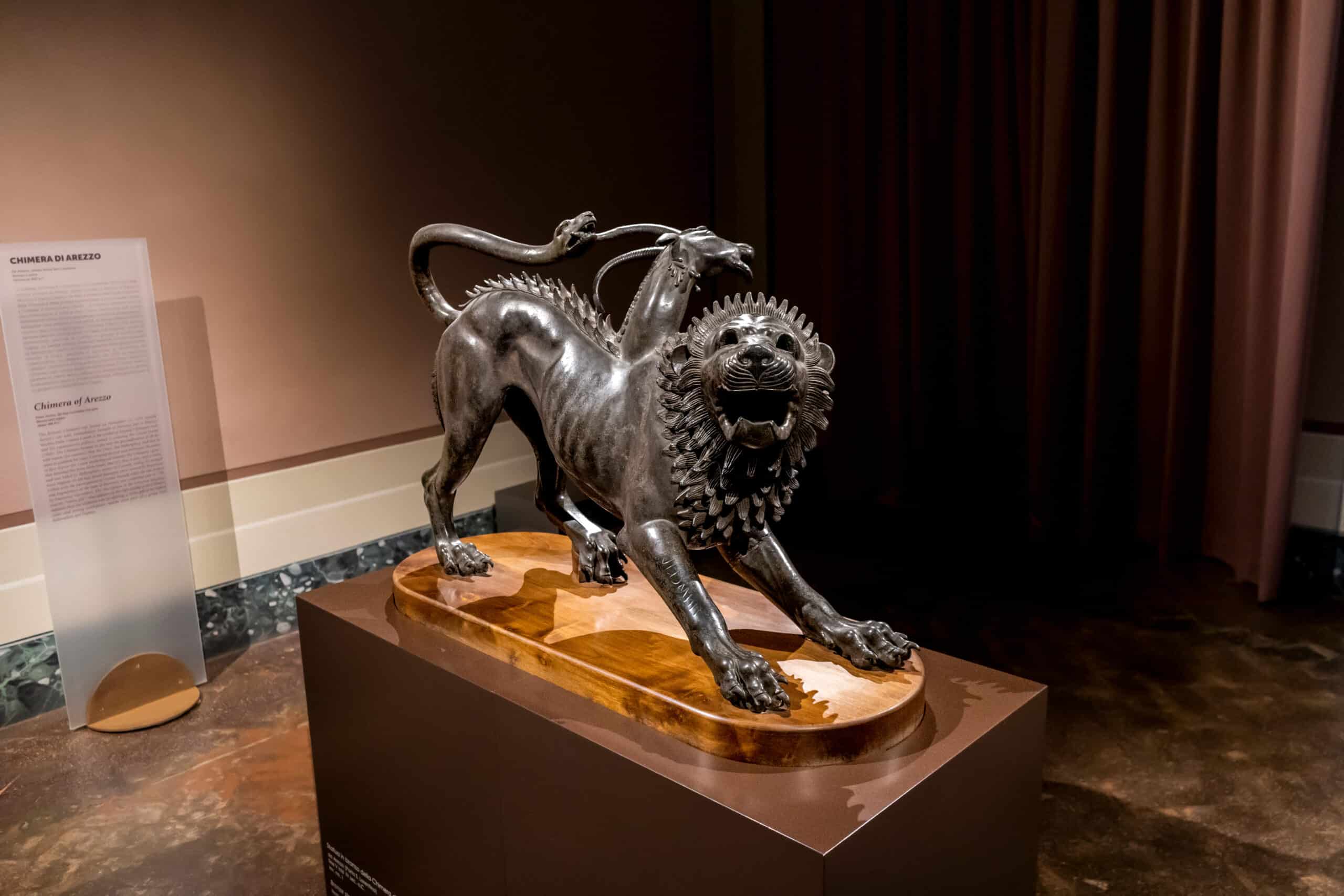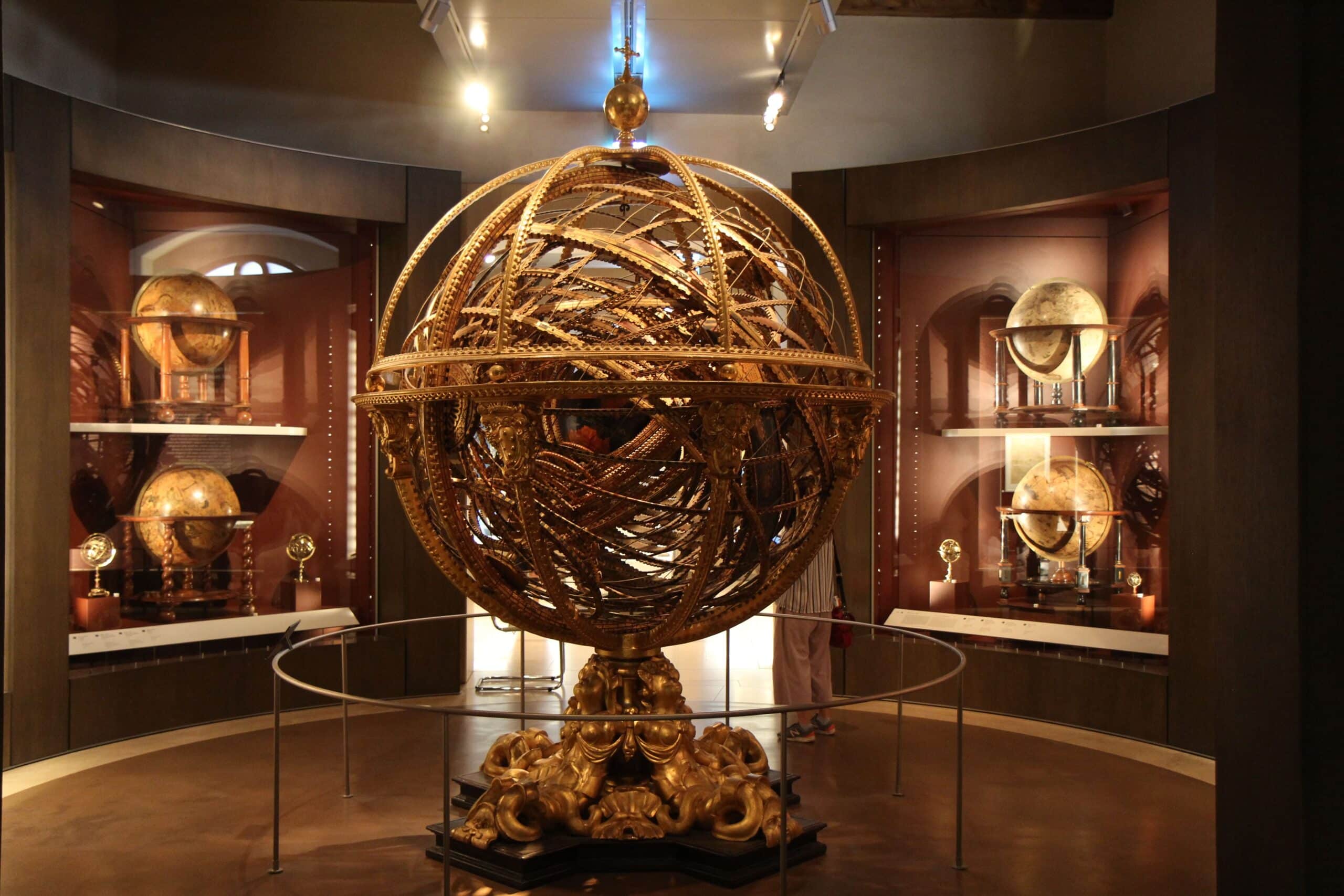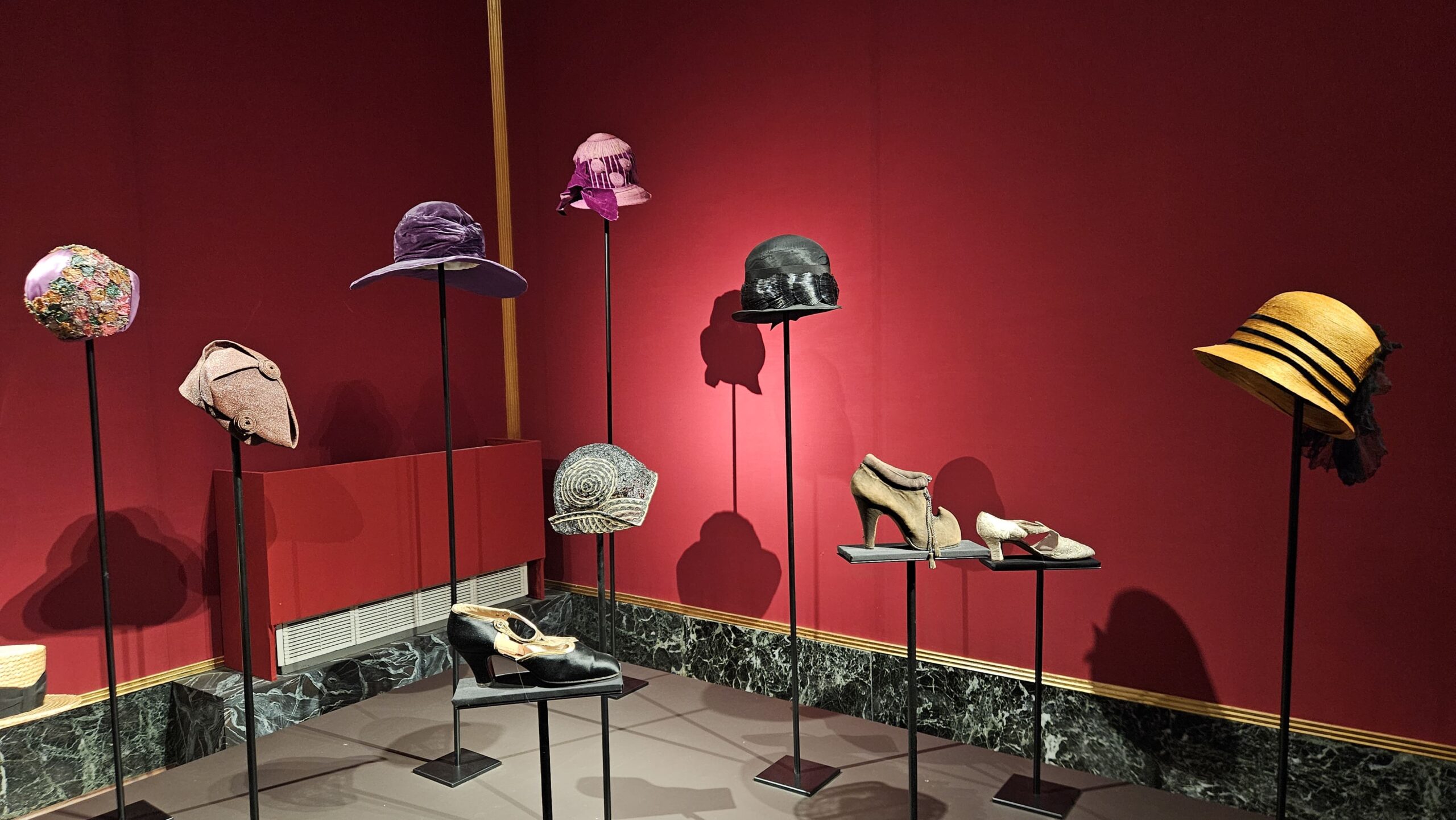The Hospital of Santa Maria Nuova
Santa Maria Nuova: a Journey through the History of Medicine in the Footsteps of Leonardo da Vinci
The Arcispedale of Santa Maria Nuova is one of the oldest hospitals in the world still in operation, located in the heart of Florence, in Piazza Santa Maria Nuova. It was founded in 1288 by the Florentine banker Folco Portinari, father of Beatrice, Dante Alighieri’s muse.
Over the centuries, the hospital and its Church of Sant’Egidio have been adorned with numerous works of art, many of which are now housed in museums, while others are still on display inside. The hospital also has a significant legacy in the field of medicine, particularly thanks to the contributions of Maurizio Bufalini, who in 1840 established the first Chair of Pathological Anatomy in Italy and, in 1849, the Chair of Histology.
A cutting-edge hospital since the Middle Ages.
Already in the 14th century, after the Black Death, the hospital accommodated around 200 patients a day—an extraordinary number considering that at the time Florentine healthcare facilities rarely exceeded 20 or 30 beds. Santa Maria Nuova was regarded as one of the most modern hospitals in Europe, managing to handle such a high volume of patients.
Leonardo da Vinci and Anatomical Studies
In the late 15th century, Leonardo da Vinci studied human anatomy in the underground rooms of the hospital. The Compagnia di San Luca, which brought together painters, had its first headquarters in a chapel located within the Church of Sant’Egidio. During the 15th century, the hospital welcomed up to 300 patients a day, offering a constant supply of clean sheets, as well as personalized care for each patient based on the type of illness.
An artistic and historical heritage
The artistic and historical heritage of the hospital is preserved through a museum itinerary that includes portraits of the Spedalinghi (hospital directors) dating back to the 16th and 17th centuries.
Among the most significant works is a detached fresco depicting the “Confirmation of the Rule to the Spedalinghi by Martin V”, attributed to Gherardo di Giovanni del Fora (15th century). In addition, the hospital houses two important wooden crucifixes, along with works by artists such as Bicci di Lorenzo, Andrea della Robbia, Giovanni Battista Paggi, Alessandro Allori, Giambologna, Volterrano, Bernardo Buontalenti, Pomarancio, and many others.
A journey through the history of medicine.
Visiting the Arcispedale of Santa Maria Nuova with an AGT Guide means taking a journey through the history of medicine and the history of the city of Florence, in a place that has maintained its healthcare function for over 800 years.
The Hospital of the Innocents
Your AGT guide will take you to discover the Museo degli Innocenti in Florence, one of the city’s most fascinating and significant cultural institutions, sharing with you the story of one of the oldest and most important hospitals in Italy. Founded in 1445, the Ospedale degli Innocenti was established to care for abandoned children, and is located in the beautiful Piazza Santissima Annunziata, in the heart of Florence.
The museum was established within what was once the old hospital, which for centuries cared for the most vulnerable members of society, particularly orphaned or abandoned children. The architectural complex was designed by Filippo Brunelleschi, one of the greatest architects of the Renaissance, and the building is a masterpiece of understated elegance, featuring a façade that faces the square and a loggia distinguished by its refined design.
The Museo degli Innocenti offers a comprehensive overview of the hospital’s history, with a vast collection of artworks, historical documents, and objects that illustrate daily life within the institution over the centuries. In particular, the museum highlights the hospital’s role in caring for children and promoting childhood and social protection.
One of the most moving sections of the museum is dedicated to the “wheel of the Innocents”, a structure used to receive abandoned newborns. Parents, often facing economic hardship, could leave their babies in the wheel— a small compartment that rotated automatically inside the building—ensuring anonymity and protection for the infant. This system allowed thousands of children to receive care, assistance, and the chance for a better future.
Alongside its social and institutional history, the museum also explores Renaissance art, with a series of paintings, sculptures, and other objects that once adorned the hospital. Among the most important works are those by artists such as Andrea del Verrocchio and Domenico Ghirlandaio, which enrich the visitor’s experience with their beauty and historical value.
Today, the Museo degli Innocenti is a place that not only celebrates the history of the hospital and its founders, but also offers broader reflections on the condition of childhood and children’s rights—topics that remain highly relevant in today’s society.





